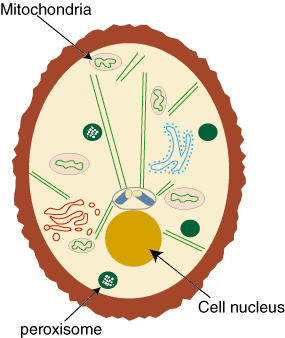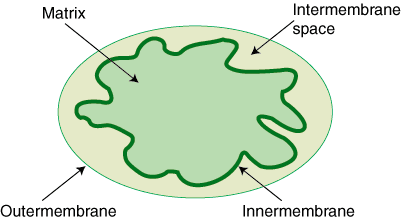Suggestions
Use up and down arrows to review and enter to select.Please wait while we process your payment
If you don't see it, please check your spam folder. Sometimes it can end up there.
If you don't see it, please check your spam folder. Sometimes it can end up there.
Please wait while we process your payment

By signing up you agree to our terms and privacy policy.
Don’t have an account? Subscribe now
Create Your Account
Sign up for your FREE 7-day trial
Already have an account? Log in
Your Email
Choose Your Plan
Individual
Group Discount
Save over 50% with a SparkNotes PLUS Annual Plan!
 payment page
payment page
Purchasing SparkNotes PLUS for a group?
Get Annual Plans at a discount when you buy 2 or more!
Price
$24.99 $18.74 /subscription + tax
Subtotal $37.48 + tax
Save 25% on 2-49 accounts
Save 30% on 50-99 accounts
Want 100 or more? Contact us for a customized plan.
 payment page
payment page
Your Plan
Payment Details
Payment Summary
SparkNotes Plus
You'll be billed after your free trial ends.
7-Day Free Trial
Not Applicable
Renews April 30, 2024 April 23, 2024
Discounts (applied to next billing)
DUE NOW
US $0.00
SNPLUSROCKS20 | 20% Discount
This is not a valid promo code.
Discount Code (one code per order)
SparkNotes PLUS Annual Plan - Group Discount
Qty: 00
SparkNotes Plus subscription is $4.99/month or $24.99/year as selected above. The free trial period is the first 7 days of your subscription. TO CANCEL YOUR SUBSCRIPTION AND AVOID BEING CHARGED, YOU MUST CANCEL BEFORE THE END OF THE FREE TRIAL PERIOD. You may cancel your subscription on your Subscription and Billing page or contact Customer Support at custserv@bn.com. Your subscription will continue automatically once the free trial period is over. Free trial is available to new customers only.
Choose Your Plan
For the next 7 days, you'll have access to awesome PLUS stuff like AP English test prep, No Fear Shakespeare translations and audio, a note-taking tool, personalized dashboard, & much more!
You’ve successfully purchased a group discount. Your group members can use the joining link below to redeem their group membership. You'll also receive an email with the link.
Members will be prompted to log in or create an account to redeem their group membership.
Thanks for creating a SparkNotes account! Continue to start your free trial.
We're sorry, we could not create your account. SparkNotes PLUS is not available in your country. See what countries we’re in.
There was an error creating your account. Please check your payment details and try again.
Please wait while we process your payment

Your PLUS subscription has expired
Please wait while we process your payment
Please wait while we process your payment

We will now begin our discussion of intracellular organelles. As we have mentioned, only eukaryotic cells have intracellular sub-divisions, so our discussion will exclude prokaryotic cells. We will also focus on animal cells, since plant cells have a number of further specialized structures. In this section we will discuss the importance of the cell nucleus, mitochondria, peroxisomes, endoplasmic reticulum, golgi apparatus, and lysosome.
The cell nucleus is one of the largest organelles found in cells and also plays an important biological role. It composes about 10% of the total volume of the cell and is found near the center of eukaryotic cells. Its importance lies in its function as a storage site for DNA, our genetic material. The cell nucleus is composed of two membranes that form a porous nuclear envelope, which allows only select molecules in and out of the cell.
The DNA that is found in the cell nucleus is packaged into structures called chromosomes. Chromosomes contain DNA and proteins and carry all the genetic information of an organism. The nucleus gains support from intermediate filaments that both form the surrounding nuclear lamina and makes direct contact with the endoplasmic reticulum. The nucleus is also the site of DNA and RNA synthesis.

The mitochondria, with its specialized double-membrane structure, generate
adenosine triphosphate (ATP), a molecule that provides organisms with energy.

Peroxisomes are single-membrane structures found in all eukaryotic cells. They are small, membrane-bound structures that use molecular oxygen to oxidize organic molecules. The structure is one of the major oxygen utilizing organelles, the other being the mitochondria. Peroxisomes contain oxidative enzymes and other enzymes that help produce and degrade hydrogen peroxide.
Because of their varying enzymatic compositions, peroxisomes are diverse structures. Their main function is to help breakdown fatty acids. They perform specific functions in plant cells, which we will discuss later.
Please wait while we process your payment

